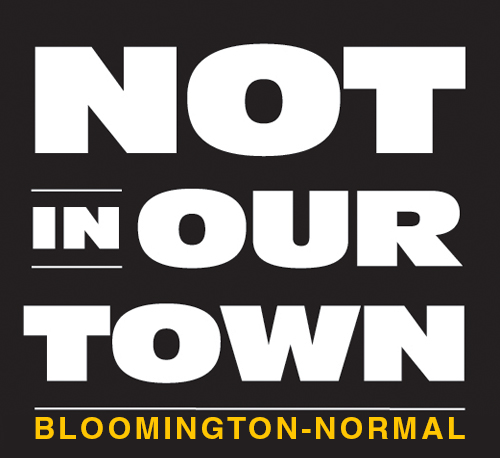Carlos at right, offering the gesture of solidarity that sparked Olympic controversy and global awareness of racial issues.
1968, Mexico City. Olympic bronze medalist John Carlos made headlines not only with his feet but also with his fist -- an upraised fist that told the world social change was coming in America.
During the awards ceremony following his loss to fellow American Tommie Smith in the 200-meter run, Carlos grabbed global attention when he bowed his head and raised a Black Power salute as a statement on racial inequality in the U.S. Eureka College welcomes Carlos as a guest speaker at 7 p.m. Tuesday, Feb. 17, in the college's Cerf Center. The program is free and open to the public -- reserve tickets at www.eureka.edu/events.
Carlos was joined in his gesture of protest by Smith, as well as by Peter Norman, the silver medalist and white athlete from Australia who participated by wearing an Olympic Project for Human Rights badge. Carlos and Smith wore black socks and no shoes on the podium to represent African-American poverty in the United States.
Then-International Olympic Committee President Avery Brundage deemed the statement unfit for the Olympic Games, and ordered Smith and Carlos suspended from the U.S. team and banned from the Olympic Village. As a founding member of the OPHR, Carlos originally advocated a boycott of the 1968 Olympics unless South Africa and Rhodesia withdrew from the games, Muhammad Ali's world heavyweight boxing title was restored, Brundage stepped down, and more African-American assistant coaches were hired.
The boycott failed, but Carlos saw his greatest year in track and field in 1969, leading San Jose State to its first NCAA championship. He continued on to a stint in U.S. and Canadian football and a career as a coach and staffer at Palm Springs High School in California.
In April 2008, Carlos was a torch-bearer for the Human Rights Torch, which ran parallel to the 2008 Summer Olympics torch relay and focusing attention on China's human rights record. On July 16, 2008, John Carlos and Tommie Smith accepted the Arthur Ashe Award for Courage for their salute, at the 2008 ESPY Awards, and Carlos is an honoree of the National Track & Field Hall of Fame.



















